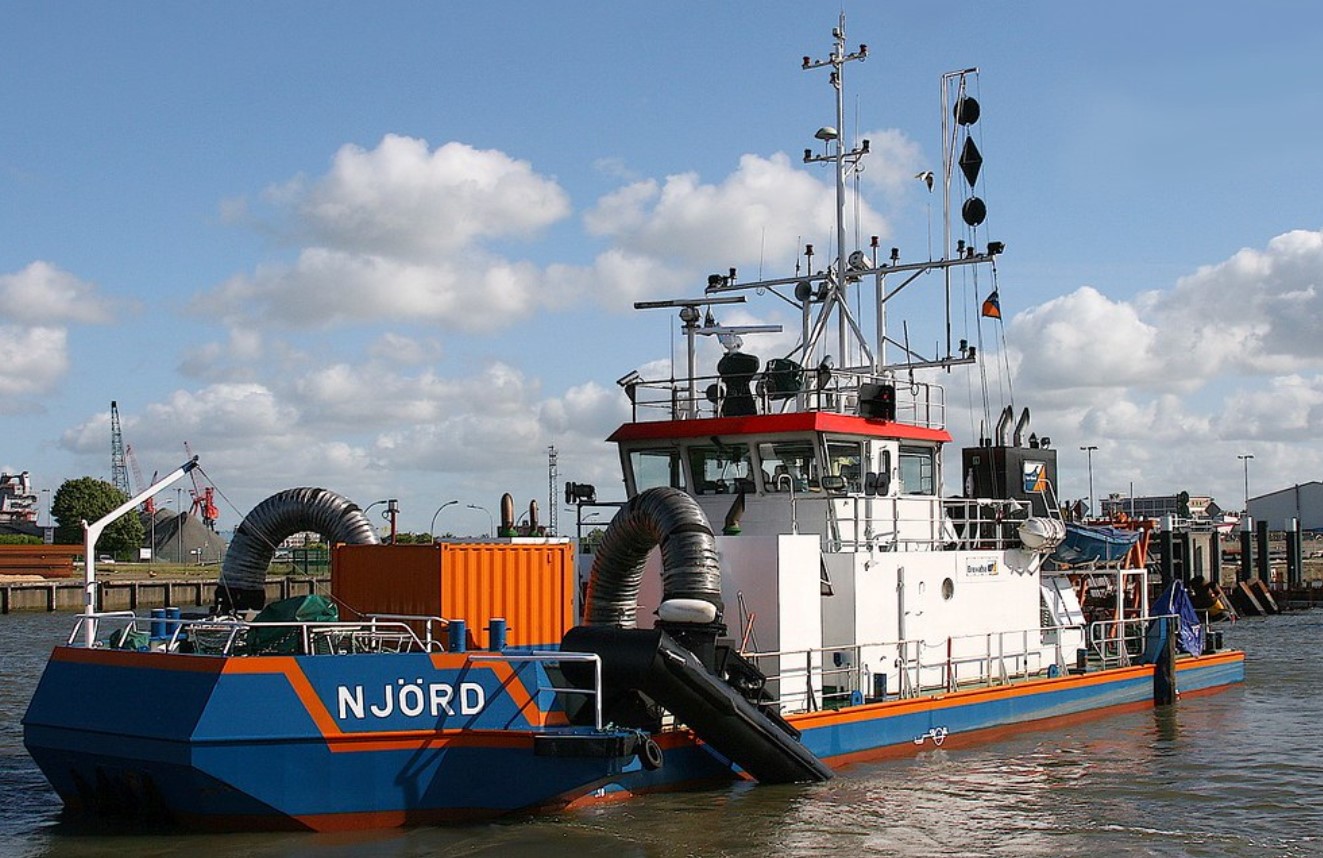
It has been a wet, wet winter, absolutely in line with the predictions that climate change would bring warmer, wetter winters. We had better get used to it. The north of England has had terrible floods but our problem in the Harbour is not so much flooding – although the water has indeed been lapping up to the Harbour Office recently – but the huge amounts of silt that get washed off the hills. We see this in the bright red water rushing into Frogmore creek and down the other streams. That silt then settles in the Harbour and progressively reduces its depth. Eighty years ago, so in the lifetime of people living here, during neap tides South Pool creek would only just dry out, which means that boats could get up to the pontoon well before half tide.
So what to do? We know how to reduce top soil loss – for instance, not ploughing slopes next to the Harbour, not leaving land bare over the winter and always contour ploughing. We also know how to build silt traps and make them commercial. A few years ago, when there looked to be problems dredging Kingsbridge, I explored the possibility of creating a silt trap in the stream which flows around the recreation field. There is space and the land is in public ownership. It needs a proper design, so that the trap can be easily cleared. But, provided the silt is caught before it gets anywhere near salt water, it is a stone-free, fertile and valuable product which is readily saleable to gardeners and greenhouse owners. Sadly, it proved impossible to join it all up; so the silt still runs into the Harbour, increasing the need for dredging and, as the spoil can no longer be used on the land, it can only be shoved around from one part of the Harbour to another. Gradually, progressively, irreversibly, tidal access is lost.
It is difficult to see what the future holds. Whether, for instance, Natural England will recognise the effect of climate change and relax its constraints on capital dredging – but capital dredging is expensive may be unaffordable anyway. Or whether there are ways of enacting changes to land management – surely farms will soon need to take steps against topsoil loss? Or whether we have to accept the loss of depth and plan for the time when parts of the Harbour can be converted into a car park which, joke not, at current trends could be in the lifetime of people living today.
Comments are closed, but trackbacks and pingbacks are open.